Shillong in July: A Travel Guide to the Rainy Season
Shillong is often called the “Scotland of India” because it has beautiful views and a lot of interesting culture. In July, this place looks especially pretty because it rains a lot. But if you want to explore Shillong during the rainy season, you need to be ready and know what to expect so you can enjoy everything it has to show you. If you’re excited to get away from the hot weather and enjoy the cool rain in Shillong, you’ll want to know some important things. This guide will help you find the best places to stay, fun things to see, and tips for having a great time in the rain. Get ready to enjoy your trip to Shillong in July and discover all the beautiful things this hill station has to offer during the rainy season!
Pros and Cons of Visiting Shillong in July
1. Pros:
1. Lush Greenery: The monsoon season brings a vibrant, lush landscape, making the natural beauty of Shillong truly spectacular. The hills are covered in dense foliage, and waterfalls are in full flow.
2. Cool Weather: Compared to the sweltering heat in many parts of India, Shillong enjoys cool temperatures during July, providing a pleasant escape.
3. Less Crowded: July is considered off-peak for tourism in Shillong, which means you can explore the attractions without the usual tourist crowds. This allows for a more peaceful experience.
4. Photography Opportunities: The misty landscape after rain and the vibrant colours of the flora offer excellent opportunities for photography enthusiasts.
2. Cons:
1. Heavy Rainfall: July is one of the wettest months, which can lead to frequent and heavy rain showers. This might cause disruptions in travel plans and outdoor activities.
2. Landslides: The risk of landslides increases during the rainy season, making certain routes potentially hazardous and affecting accessibility to remote areas.
3. Humidity: While temperatures are cooler, the humidity can be uncomfortable, especially for those not used to such weather.
4. Limited Activities: Some outdoor attractions, like certain trekking routes or scenic viewpoints, may be less accessible due to the rain and cloud cover.
Weather Conditions of Shillong in July
In July, Shillong has a really interesting but tricky weather because it’s the rainy season. During this time, the city gets a lot of rain, which helps the plants grow and makes the scenery beautiful and green. The temperatures are usually cool, between 15°C and 22°C (59°F to 72°F), but it can feel wet too. Sometimes, heavy rain can cause landslides or make some places flooded, so people visiting should be ready to get wet. Even though the rain can be a challenge, it also makes Shillong look amazing with pretty waterfalls and lots of blooming flowers, so it’s a special time for people who love nature!
Top Places to Visit in Shillong in July
1. Umiam Lake
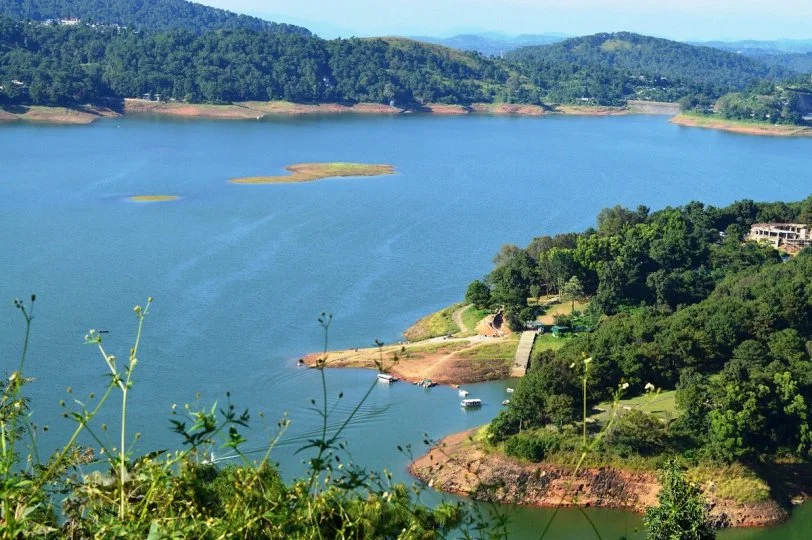
Located about 15 kilometres from Shillong, Umiam Lake, also known as Barapani, is a vast reservoir surrounded by forested hills and blooming flowers in July. The rain accentuates the greenery and adds a reflective sparkle to the lake’s surface, making it a captivating sight for photographers and nature lovers. Boating is a popular activity here, with paddle boats, speed boats, and kayaks available. For those looking to relax, the lake’s shores have scenic picnic spots and walkways. The mist rolling over the hills around the lake gives it a mystical ambience, adding to the monsoon charm.
2. Elephant Falls
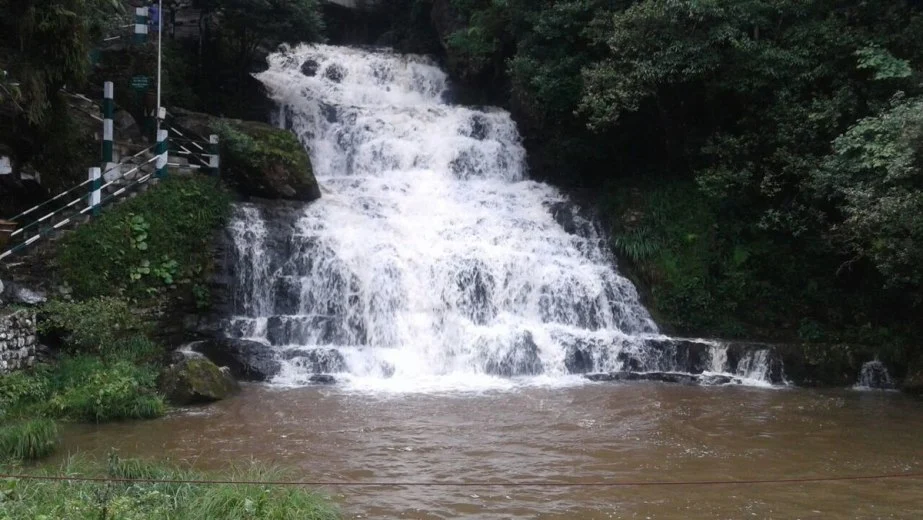
Elephant Falls, named for a rock that resembled an elephant (which has since eroded), is one of Shillong’s most cherished waterfalls. The monsoon brings it to life, with water cascading down its three-tiered formations. The falls are surrounded by lush vegetation that appears even more vibrant during the rainy season. Visitors can explore the falls via a series of steps leading to viewpoints that offer clear, safe views of each level. The combination of powerful flowing water, misty spray, and green surroundings makes Elephant Falls a must-see spot for anyone visiting Shillong in July.
3. Ward’s Lake
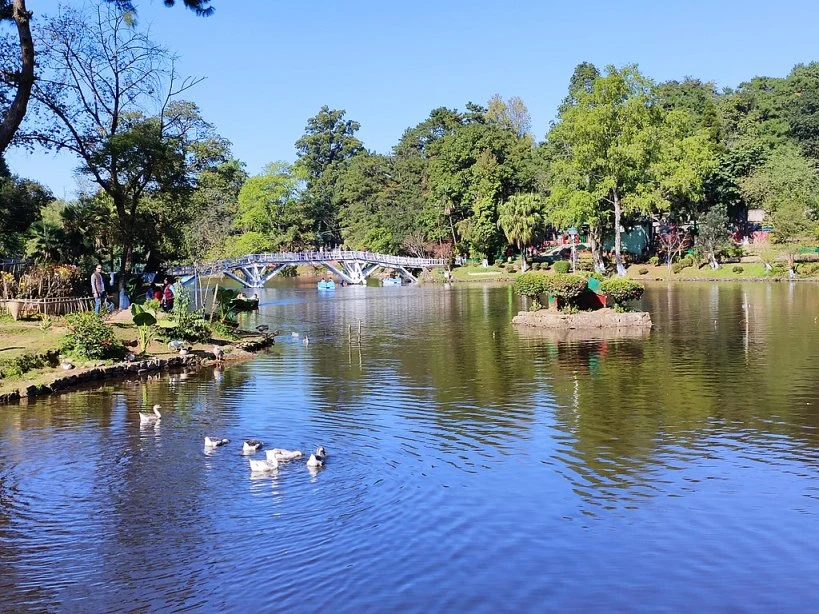
Situated in the centre of Shillong, Ward’s Lake is a peaceful haven surrounded by beautifully landscaped gardens. It’s a favourite spot for locals and tourists alike, especially during the monsoon when the gardens bloom and the trees are lush with fresh rain. A small, picturesque bridge crosses the lake, perfect for photos, while paddle boats allow you to explore the lake’s waters up close. The paths around the lake are ideal for a calming walk, and small cafes nearby offer refreshments. Ward’s Lake, with its serene ambience and verdant setting, provides a tranquil escape from the bustling city.
4. Shillong Peak
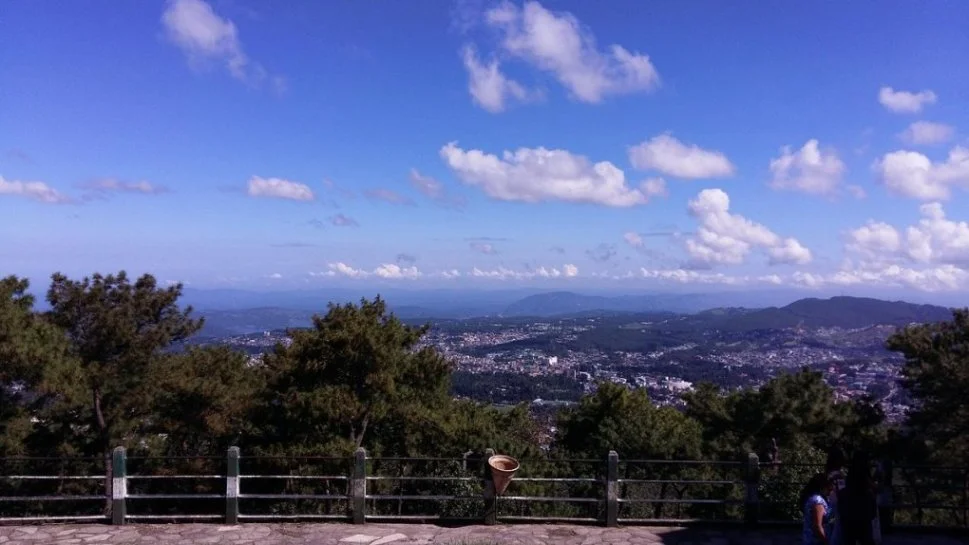
Rising to 1,965 meters above sea level, Shillong Peak is the city’s highest vantage point, offering sweeping views of Shillong and the surrounding countryside. Monsoon clouds and mist enhance the mystical feel of this location, creating an ethereal scene with a mix of foggy landscapes and clear, far-reaching views. On a clear day, you can spot the plains of Bangladesh from here. The peak is also considered sacred by locals, with a small shrine dedicated to U Shulong, the deity of the region’s Khasi people. A popular picnic spot, Shillong Peak offers a blend of natural beauty and cultural significance.
Book here Meghalaya Tour Packages.
5. Laitlum Canyons
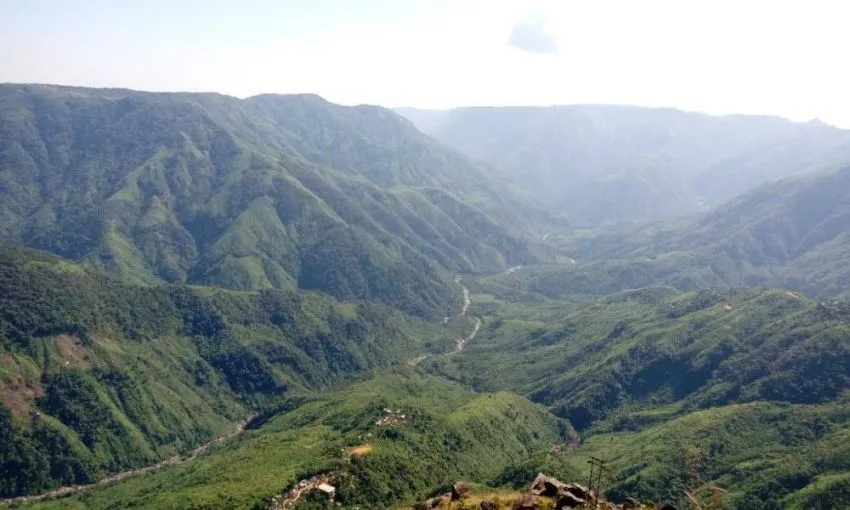
Laitlum Canyons means “The End of Hills,” and it’s a beautiful place with big valleys and steep hills. When it rains, everything looks green, and the clouds hang low in the sky, making it look like a magical place. In July, the rain can make the paths slippery, so you should wear good shoes, but going there is worth it! The big, open canyons are surrounded by farming fields and small villages, which makes it feel peaceful and quiet. If you’re brave enough to explore in the mist and rain, Laitlum Canyons is a special hidden treasure in Shillong.
What to Pack for the July trip to Shillong?
1. Lightweight Rain Jacket: July is monsoon season, so a waterproof jacket is essential.
2. Sweaters or Light Layers: Nights can get cool, so bring some warm layers.
3. Quick-Dry Clothes: Fabrics that dry quickly are best for humid conditions.
4. Comfortable Footwear: Waterproof shoes or hiking boots for exploring.
5. Casual Outfits: Comfortable clothing for sightseeing and casual outings.
6. Umbrella or Poncho: For added rain protection.
7. Accessories: Sunglasses, hats, and scarves for sun and rain protection.
Tips for travelling to Shillong in July
1. Travel Insurance: Given the unpredictable weather, consider travel insurance that covers any travel disruptions due to rains.
2. Local Transport: Roads may be affected by the rain, so check local transport options before heading out. Taxis and local buses can be good alternatives.
3. Explore Local Cuisine: Don’t miss out on trying local dishes! Shillong is known for its vibrant food scene, so enjoy the local flavours.
4. Stay Connected: Make sure you have mobile data or Wi-Fi to stay updated on weather conditions and travel advisories.
5. Visit Museums and Indoor Attractions: In case of heavy rain, consider visiting indoor attractions like the Don Bosco Centre for Indigenous Cultures or local craft markets.
6. Hydration and Snacks: Keep yourself hydrated and carry some snacks, as local shops may be limited in certain areas during the rains.
7. Respect Nature: Shillong is known for its beautiful landscapes. Be mindful of the environment and avoid littering.
8. Safety First: Be cautious while trekking or exploring remote areas, and always ensure you are aware of the local safety guidelines.
Conclusion
Shillong in July is a verdant paradise where the monsoon rains transform the city’s landscapes into lush, green expanses and make every attraction feel alive and vibrant. While rain showers are frequent, they bring a mystical charm to the hills, lakes, and waterfalls, creating a peaceful yet invigorating atmosphere. Travelers can enjoy unique experiences like mist-covered viewpoints, cascading waterfalls, and blooming gardens. Visiting Shillong during the July month requires some preparation for the rain, but the charming sights, refreshing coolness, and tranquil vibe of the season make it a memorable experience.
Here you can also check our Meghalaya Tour Packages.
People also ask about Shillong in July
1. Is July a good time to visit Shillong?
While the rains enhance Shillong’s natural beauty, frequent downpours can make travel and outdoor activities challenging. July is ideal for those who enjoy rain-soaked landscapes and fresh, green surroundings but may not be the best for those who prefer dry weather.
2. Are roads and transportation reliable in July?
Heavy rains can cause roadblocks or landslides, affecting transportation at times. It’s wise to stay updated on weather reports and check road conditions. Hiring a local driver familiar with the monsoon terrain is recommended for safe travel.
3. Is it safe to explore nearby areas in July?
Yes, but it’s essential to take precautions due to slippery terrain and potential landslides. Nearby Mawlynnong and Dawki are worth visiting for their rain-washed beauty but may have accessibility issues depending on the weather.
4. Are hotels available and affordable in July?
July is off-peak for tourism in Shillong, so you’ll find better rates and more availability. However, it’s still a good idea to book accommodations in advance, especially during festivals like Behdeinkhlam.
5. Can I Expect Crowds in Shillong During July?
July is considered an off-peak season for tourism in Shillong due to the heavy rains. This means you can expect fewer crowds compared to other months, allowing for a more peaceful experience. However, certain local festivals and events might attract visitors on weekends, so it’s a good idea to check the local calendar if you want to avoid busy areas.
6. Are there any health precautions to take while visiting Shillong in July?
It’s advisable to drink bottled water and avoid street food if you have a sensitive stomach. Also, carry necessary medications for allergies or colds, as the weather can be quite unpredictable and may lead to health issues for some travellers.
